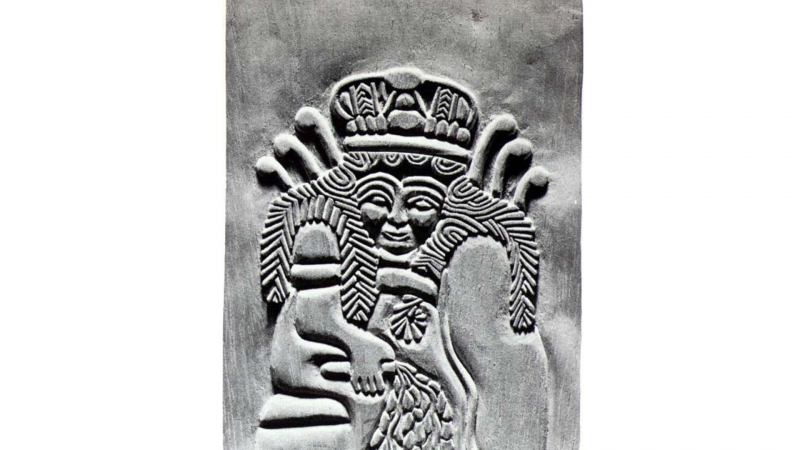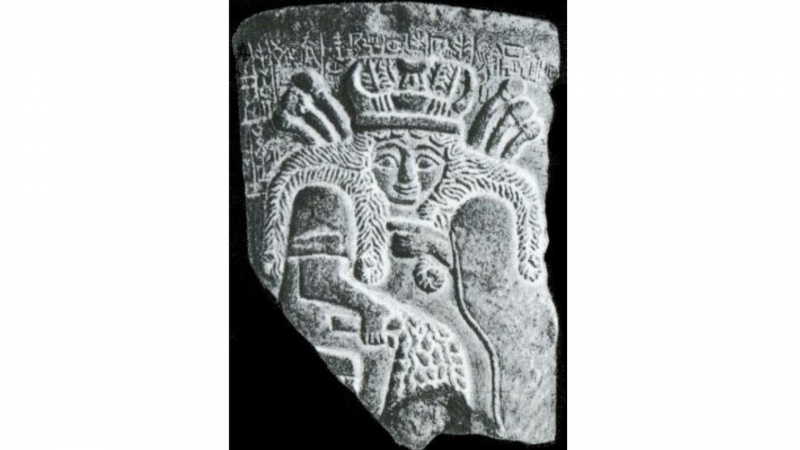Ninhursag: The Mother Goddess of Mountains
Ninhursag is definitely one of the most influential Goddesses of Mesopotamia. Of all the goddesses in the Mesopotamian pantheon, she is the oldest. The mother of both men and gods, Ninhursag is also known by several names in various mythologies. She is renowned for producing both mortal and supernatural beings. She was initially referred to as Damgalnuna and Damkina in Sumerian, and she was a loving mother who was associated with fertility. She was married to a minor god named Sul-pa-e, who played a role in the underworld. She has three kids with him: Lisin, Lil, and Asgi. Later, she was portrayed as Enki, the deity of wisdom consort.
Her name, which translates to "the Lady of the Mountains," derives from the poem Lugale, in which Ninurta, the god of war, vanquishes the demon Asag and raises a mountain out of the bones of his stone army. Numerous names, including Ninmakh, Mama, Makh, Aruru, and Mamma, have been used to refer to her. She is frequently depicted as the Greek knife-wielding emblem Omega. The Omega can be seen as the uterus, with the knife as the umbilical cord. This represents her function as a mother.
Ninhursag's Function in the religion had a variety of distinct elements and noticeably changed through time thanks to her multiple titles, epithets, and places of worship. Ninhursag's cult first developed in smaller towns and villages despite the fact that she was not the goddess of any significant urban centers. It's probable that Ninhursag was first revered more as a goddess of nursing than a goddess of giving birth. She may have shared the role of animal-birth goddess with the goddess Nintur, according to another interpretation.











